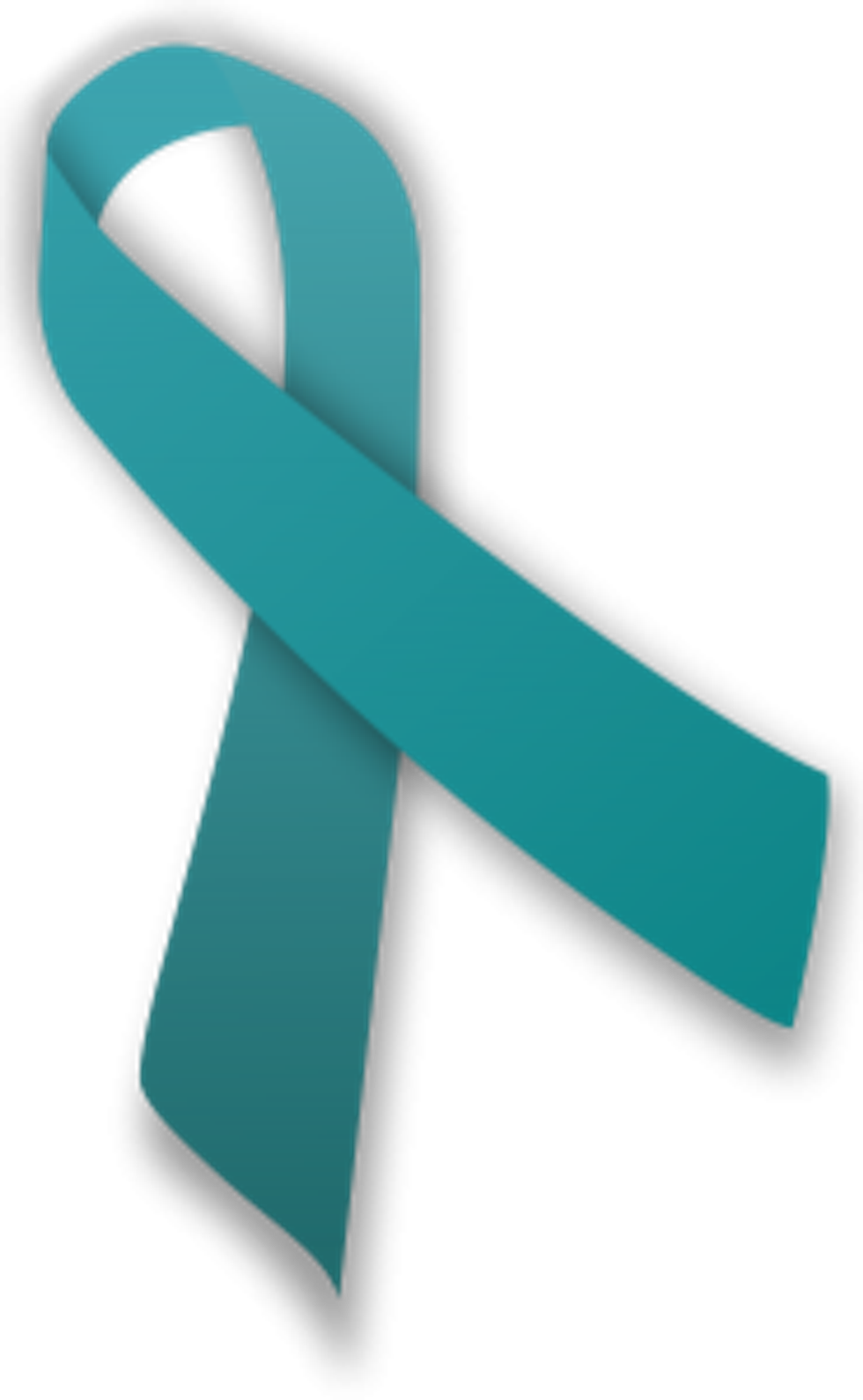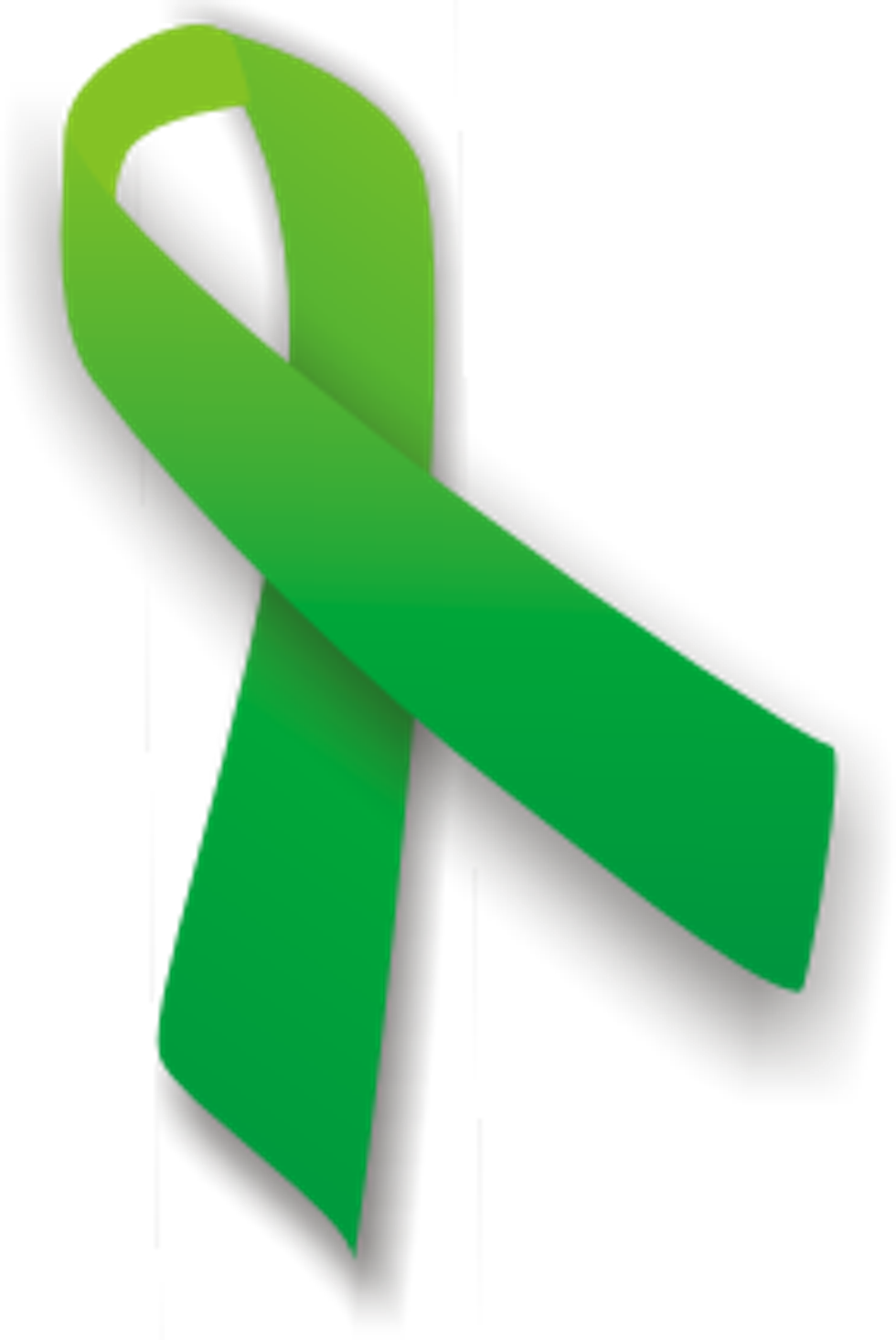For each month of the year, there is at least one commemorative effort of diseases, mental health, or specific events. The purpose of these commemorative months is to raise awareness for that specific occurrence. For the month of September, there are several commemorative efforts that are viewed. You may have heard of such efforts, such as National Childhood Cancer Awareness Month and World Alzheimer's Month. While those are noble causes, other efforts in September are often overshadowed and forgotten about. Here are a few of the forgotten ones that we should bring back into the light.
1. National ITP Awareness Month
ITP stands for immune thrombocytopenic pupura. ITP is a rare autoimmune disease in which the body attacks the platelets. A normal platelet count is between 150,000 and 400,000 per microliter of blood. There is no definite way to diagnosis ITP, but those with less than 100,000 platelets per microliter of blood are considered to have ITP. Those with ITP can experience spontaneous bruising and bleeding, with differences in children and adults.
More information: http://www.pdsa.org/about-itp.html
2. Ovarian Cancer Awareness Month
Ovarian cancer affect only women. In the US, approximately 21,980 women will be diagnosed per year. Also per year, 14,270 women will die from the cancer. Around the world annually, approximately 238,000 women are diagnosed and 152,000 will die. The onset of ovarian cancer typically occurs in the fifties and sixties age frame. If discovered early, the survival rate is more than 93%, but are very easily confused with other ailments and pains. Symptoms can include pelvic or abdominal pain, urinary urgency or frequency, backaches, weight gain, and shortness of breath, among others. There is no adequate test for ovarian cancer, which is why it can be so deadly.
More information: http://ovariancancerawareness.org
3. National Atrial Fibrillation Awareness Month

(AFib doesn't have a designated ribbon; however, AFib can be considered a heart disease, so pictured above is the Heart Disease Awareness Ribbon)
Atrial Fibrillation, more commonly referred to as AFib, is caused by the unpredictable and sometimes rapid beating of the two upper chambers of the heart. AFib on its own is not life threatening. However, because of the irregularity, blood clots can potentially form and cause a stroke if the clot travels to the brain. You are five times more likely to have a stroke if you have AFib. Symptoms of AFib include fluttering in the chest, anxiety or confusion, low blood pressure, rapid and irregular heartbeat, and shortness of breath, among others.
More information: http://www.alittlefib.org/about
4. National Spinal Cord Injury Awareness Month
Spinal cord injury is just what it sounds like - an injury to the spinal cord. However, each spinal cord injury isn't the same. There are only 54 new cases per million per year, or 17,000 spinal cord injury cases. The most common cause of a spinal cord injury is a car accident, followed by traumatic falls, violence, and recreational sport activity. Today in the US, there is an estimated 282,000 people living with some form of SCI. A few examples of forms of SCI are incomplete tetraplegia (partial spinal cord damage - may have feeling, but little to no movement in both arms and legs), incomplete paraplegia (partial spinal cord damage - may have feeling, but little to no movement in legs), complete paraplegia (permanent loss of feeling and movement in legs), and complete tetraplegia (permanent loss of feeling and movement in both arms and legs).
More information: https://www.unitedspinal.org/september-is-national-spinal-cord-injury-awareness-month-2/
Awareness is the first step in the direction towards finding a cure!
























